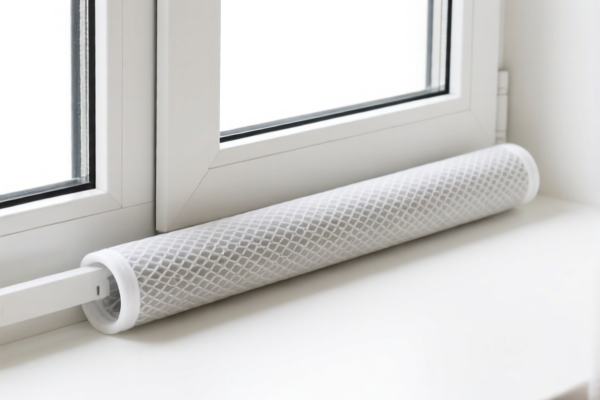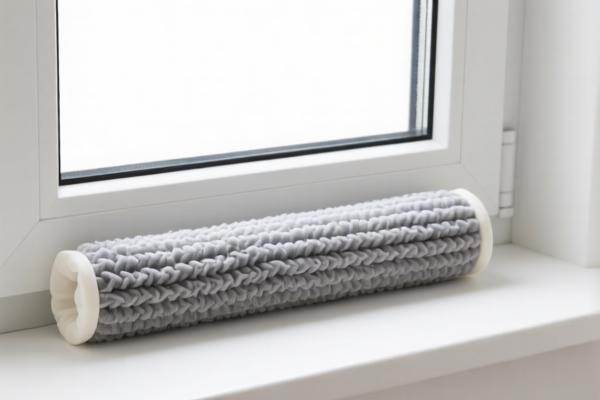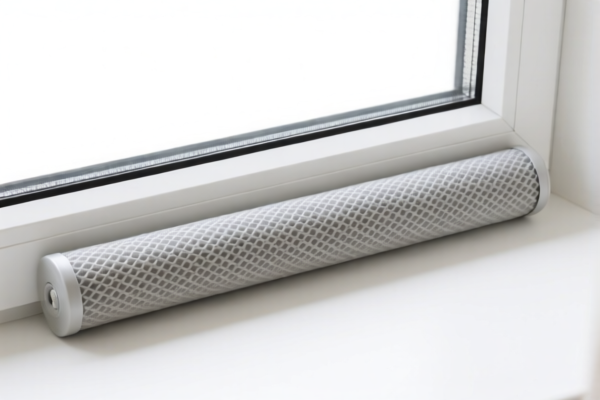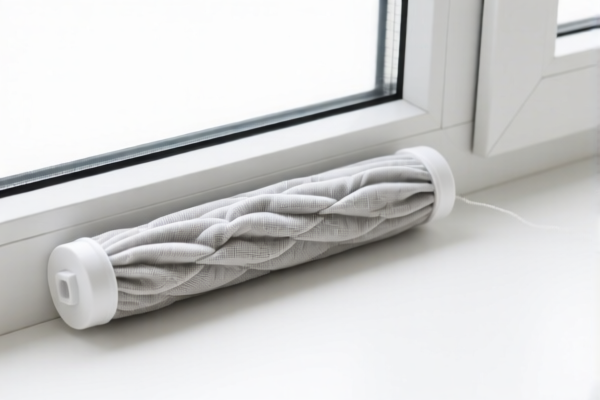| HS Code | Official Doc | Tariff Rate | Origin | Destination | Effective Date |
|---|---|---|---|---|---|
| 6306905000 | Doc | 34.5% | CN | US | 2025-05-12 |
| 3926909989 | Doc | 42.8% | CN | US | 2025-05-12 |
| 4016990500 | Doc | 40.9% | CN | US | 2025-05-12 |
| 4823906000 | Doc | 55.0% | CN | US | 2025-05-12 |




Okay, let's break down the HS codes and tax implications for your declared goods, "DRAFT EXCLUDER FOR WINDOWS". Here's a detailed analysis, structured for clarity:
Understanding HS Codes – A Quick Primer
HS codes (Harmonized System codes) are internationally standardized codes used to classify traded products. They're crucial for determining tariffs, regulations, and trade statistics. The first 6 digits are generally standardized globally, while the last digits can vary by country.
Analysis of Your HS Codes
Here's a breakdown of each code provided, along with potential implications for your "DRAFT EXCLUDER FOR WINDOWS". I'll also highlight what materials each code likely covers, and potential issues.
1. HS Code: 6306.90.50.00 – Tarpaulins, awnings and sunblinds; tents… Other: Of other textile materials
- 63: Textiles
- 06: Tarpaulins, awnings, sunblinds, tents, sails, camping goods.
- 90: Other textile materials.
- 50.00: Specific sub-classification.
- Tax: 34.5% (Base 4.5% + Additional 30% after April 2, 2025)
- Implication: This code suggests your draft excluder is made primarily of textile materials (other than cotton). This could include polyester, nylon, polypropylene, etc.
- Important Note: If your draft excluder contains significant amounts of plastic, rubber, or metal components, this code may be incorrect. The material composition is critical.
2. HS Code: 3926.90.99.89 – Other articles of plastics… Other: Other Other
- 39: Plastics and articles thereof.
- 26: Other articles of plastics.
- 90: Other.
- 99: Other.
- 89: Specific sub-classification.
- Tax: 42.8% (Base 5.3% + Additional 30% after April 2, 2025)
- Implication: This code is for plastic articles not specifically covered elsewhere. If your draft excluder is made primarily of plastic, this is a strong candidate.
- Important Note: The "Other Other" classification is very broad. You'll need to be prepared to provide detailed specifications to customs. What type of plastic is it? (PVC, PE, PP, etc.).
3. HS Code: 4016.99.05.00 – Other articles of vulcanized rubber… Household articles not elsewhere specified or included
- 40: Rubber and articles thereof.
- 16: Other articles of vulcanized rubber.
- 99: Other.
- 05: Household articles.
- 00: Specific sub-classification.
- Tax: 40.9% (Base 3.4% + Additional 30% after April 2, 2025)
- Implication: This code is for rubber articles used in the household. If your draft excluder is made primarily of rubber, this is a possibility.
- Important Note: What type of rubber is it? (Natural rubber, synthetic rubber, etc.).
4. HS Code: 4823.90.60.00 – Other paper… Gaskets, washers and other seals
- 48: Paper and paperboard.
- 23: Other paper, paperboard, cellulose wadding.
- 90: Other.
- 60: Gaskets, washers, and seals.
- 00: Specific sub-classification.
- Tax: 55.0% (Base 0.0% + Additional 30% after April 2, 2025)
- Implication: This code is for paper-based seals. This is unlikely to be the correct code for a draft excluder unless it's a very specialized product made entirely of coated paper or paperboard used as a sealing strip.
Recommendations & Next Steps
- Material Composition is Key: The primary material of your draft excluder will determine the correct HS code. Provide a detailed Bill of Materials (BOM) to your customs broker.
- Consider a Combined Material Product: If your draft excluder is made of multiple materials (e.g., textile cover with a rubber or plastic sealing strip), you may need to determine the dominant material by weight or value.
- Check the April 2, 2025 Tariff Changes: Be aware of the increased additional tariffs coming into effect.
- Consult a Customs Broker: I strongly recommend working with a qualified customs broker in China. They can provide expert guidance on HS code classification and ensure compliance with all regulations.
- Provide Detailed Product Specifications: Be prepared to provide detailed information about the product's construction, dimensions, and intended use.
- Certifications: Depending on the materials used, you may need to provide certifications related to safety, environmental standards, or product quality. (e.g. REACH, RoHS).
Disclaimer: I am an AI assistant and cannot provide definitive HS code classifications. This information is for general guidance only. The final determination of the correct HS code rests with customs authorities.
Customer Reviews
The site provides a lot of data, but the HS code 4823.90.60.00 felt a bit off for my product. It's good they point out it's unlikely unless it's a very specific paper-based product. I’d appreciate better filtering options to narrow down results.
The information on HS Code 4016.99.05.00 was a good starting point for rubber draft excluders. The notes about the type of rubber being important are a really good reminder. It’s good to be specific.
I was able to find several potential HS codes for my product, 'DRAFT EXCLUDER FOR WINDOWS'. The detailed explanations of each code, like 3926.90.99.89, were useful, but I wish there was a bit more clarity on 'Other Other' classifications.
This site is great for quickly looking up tariff rates! The breakdown for HS Code 6306.90.50.00 was really helpful for understanding the 34.5% tariff when exporting textile draft excluders to the US. Saved me a ton of time.